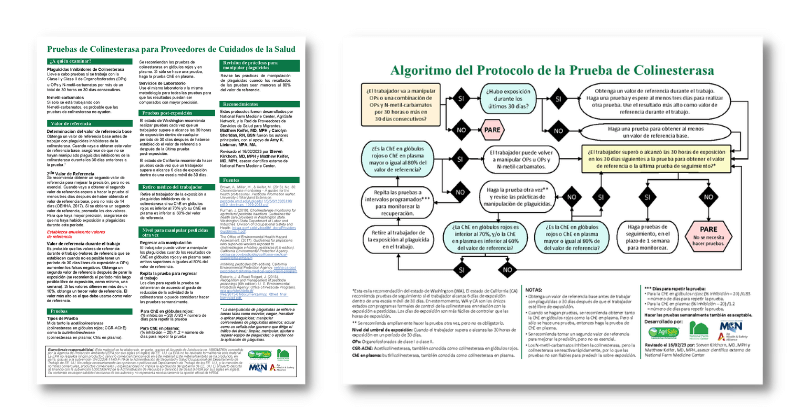October 15, 2012
Background
The Centers for Disease Control and Prevention (CDC) with state and local health departments and the Food and Drug Administration (FDA)![]() are investigating a multistate meningitis outbreak of fungal infections among patients who have received a steroid injection of a potentially contaminated product into the spinal area. This form of meningitis is not contagious. The investigation also includes fungal infections associated with injections in a peripheral joint space, such as a knee, shoulder or ankle.
are investigating a multistate meningitis outbreak of fungal infections among patients who have received a steroid injection of a potentially contaminated product into the spinal area. This form of meningitis is not contagious. The investigation also includes fungal infections associated with injections in a peripheral joint space, such as a knee, shoulder or ankle.
